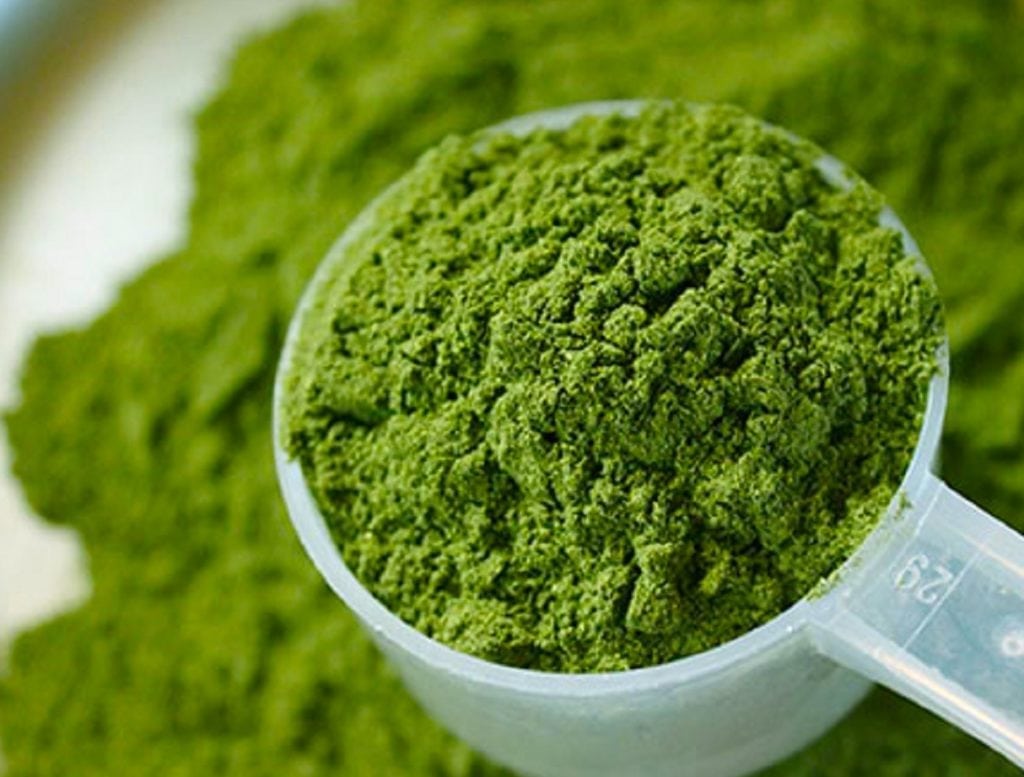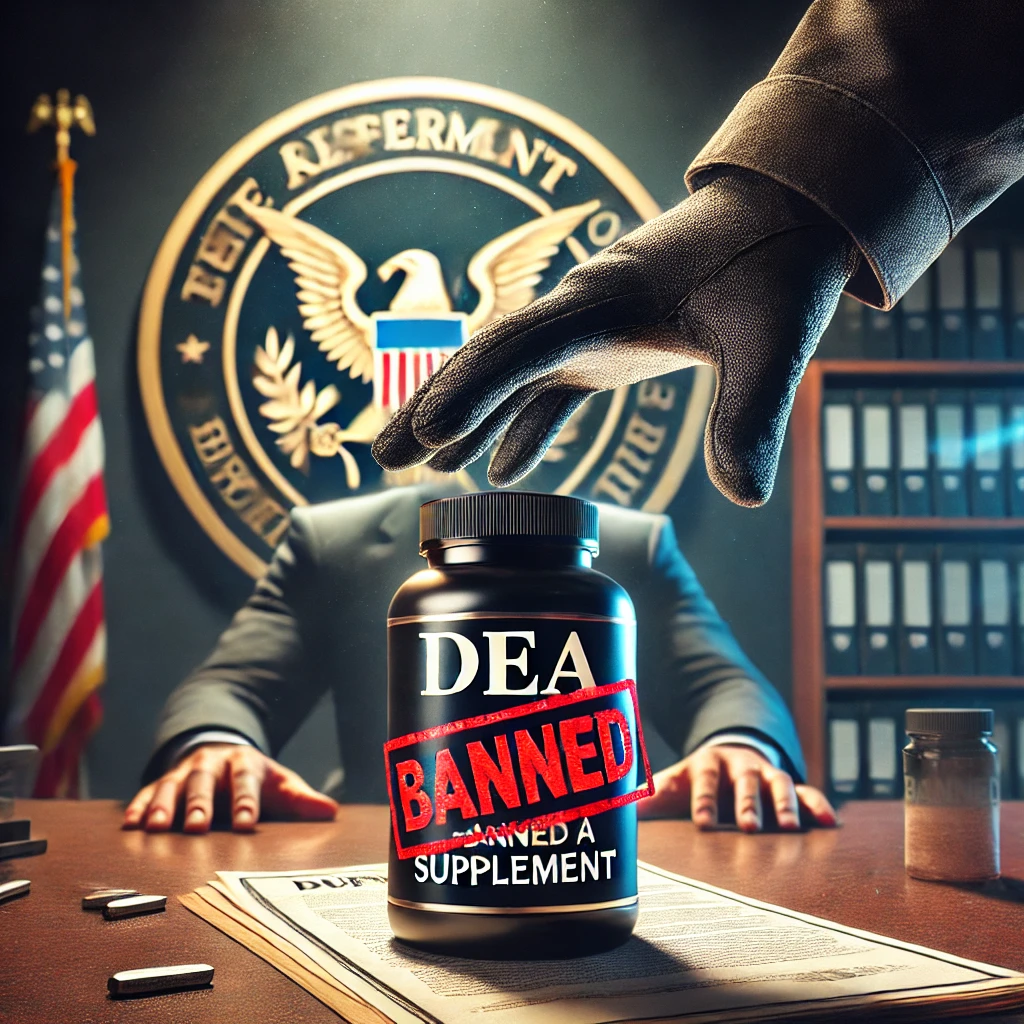Krantom, a herbal supplement, painkiller and plant indigenous to Southeast Asia and which is considered by many to be a highly effective drug for its effectiveness in treating addiction to opioids and prescription painkillers, has been halted to be added as a Schedule 1 drug by the [I]Drug Enforcement Agency[/I] (DEA) under the Controlled Substances Act, after facing out-pours of complaints from the general public.
This decision was announced on October 12 after the DEA received various complaints from members of the public challenging the scheduling action and asking that they reconsider their action on the herbal supplement.
The DEA had originally announced in August 2016 that it would place the psychoactive compounds found in kratom, in the most restrictive classification of drugs, Schedule I, right next to heroin, LSD, and marijuana, at the beginning of October.
the DEA has also asked for a scientific and medical evaluation of the drug by the FDA which was requested in 2014, but after they did not receive any results from the FDA they decided to go ahead with the ban without the FDA’s assessment.
Krantom (Mitragyna speciosa) works in the brain’s opioid receptors and can be used to treat opioid addiction and chronic pain to name a few. Does kratom have the potential to induce opiate withdrawal? How about krantom side effects? Questions such as this and more are expected to be addressed during the FDA’s studies and evaluations are to be announced the first of December.
So now the million dollar question is; is kratom a dangerous, addictive drug or a safe treatment for those looking for natural herbal relief?The DEA’s decision to delay banning Kratom as a Schedule 1 drug has reignited debates about its safety, potential benefits, and the implications for herbal supplement regulation in the U.S.
DEA Delays Banning the Herbal Supplement Krantom as Schedule 1 Drug
DEA Delays Banning the Herbal Supplement Krantom as Schedule 1 Drug



